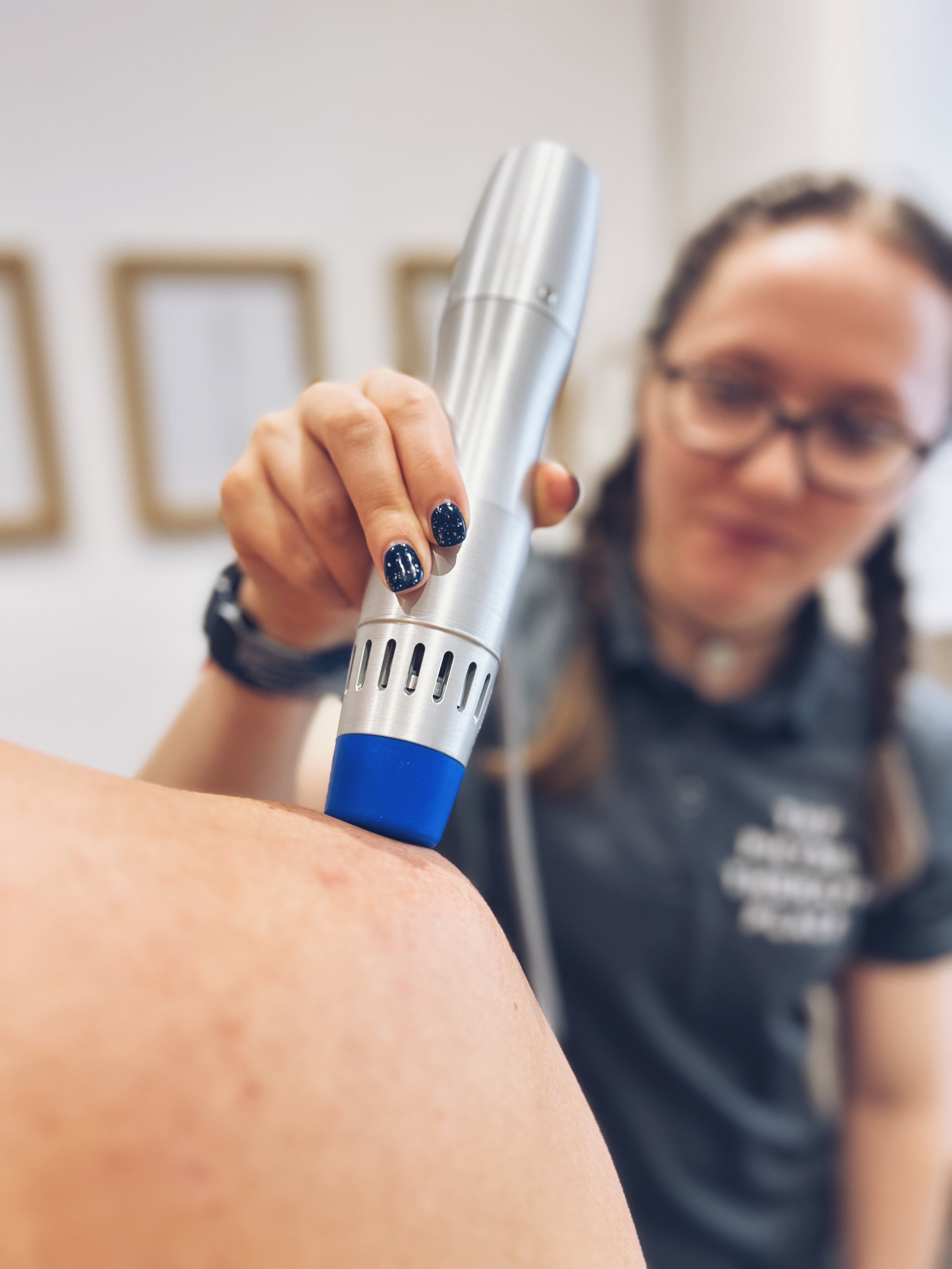Physio For Shoulder Pain & Injury
Shoulder pain, frozen shoulder, rotator cuff tear, shoulder dislocation, pinched nerve - some of the more common complaints we see at The Physiotherapy Place.
All of the resources that you need to learn about shoulder pain and injury are here in one place. Specific information, advice and exercise is given for your problem so that you can begin the path to recovery straight away.
Shoulder Pain
Find out what might be causing your shoulder pain, how it can be helped, and what you do to relieve the pain.
Frozen Shoulder
Frozen shoulder explained, how it occurs, what you can do for it, and how you can make a speedy recovery.
Rotator Cuff Tear
Rotator cuff tear explained, how it happens, what can be done about it, and what you can do straight away to help it to heal.
Shoulder Dislocation
Shoulder dislocation explained, how it occurs, what you should avoid doing, and exercises you can begin immediately.
Pinched Nerve
Here you find out how a nerve can become pinched, what can be done about it, and what you can do immediately to help settle the pain.
Shoulder Pain Physio Ebook
FREE Physio E-Book - 8 quick and easy tips to help your shoulder pain and stiffness
One of the most common problems that we see in the clinic is shoulder pain. Some who seek help from their GP will be prescribed rest and painkillers, but most of the time, this will not solve the problem.
Here, you'll find our top 8 tips on reducing shoulder pain and keeping the tissues of your shoulder strong and healthy.



















How dry needling treatment can treat lower back pain.